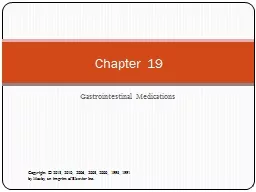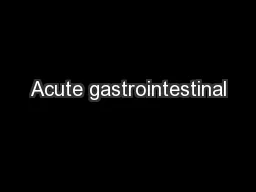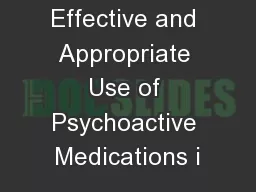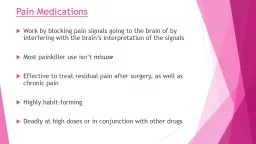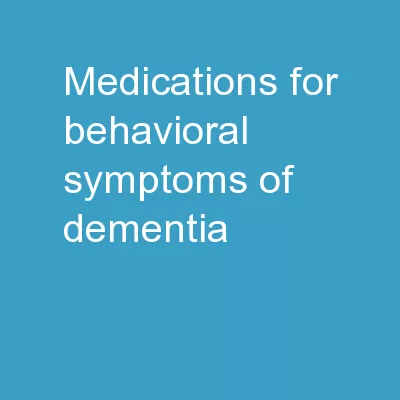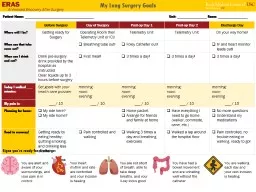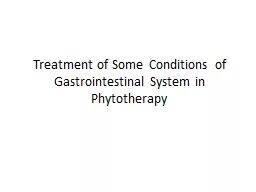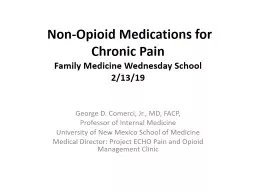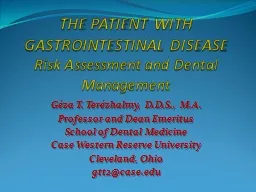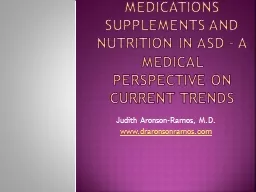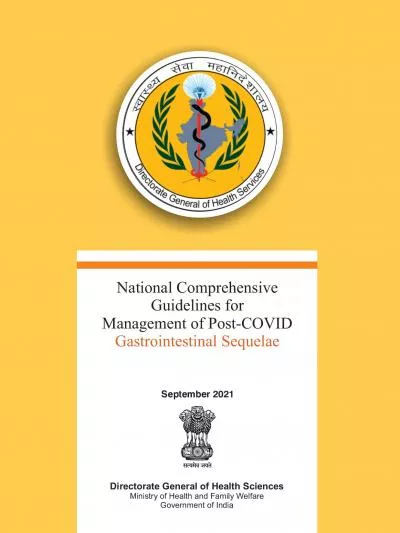PPT-Gastrointestinal Medications
Author : kittie-lecroy | Published Date : 2015-11-30
Copyright 2013 2010 2006 2003 2000 1995 1991 by Mosby an imprint of Elsevier Inc Chapter 19 1 Learning Objectives Copyright 2013 2010 2006 2003 2000 1995 1991
Presentation Embed Code
Download Presentation
Download Presentation The PPT/PDF document "Gastrointestinal Medications" is the property of its rightful owner. Permission is granted to download and print the materials on this website for personal, non-commercial use only, and to display it on your personal computer provided you do not modify the materials and that you retain all copyright notices contained in the materials. By downloading content from our website, you accept the terms of this agreement.
Gastrointestinal Medications: Transcript
Download Rules Of Document
"Gastrointestinal Medications"The content belongs to its owner. You may download and print it for personal use, without modification, and keep all copyright notices. By downloading, you agree to these terms.
Related Documents

